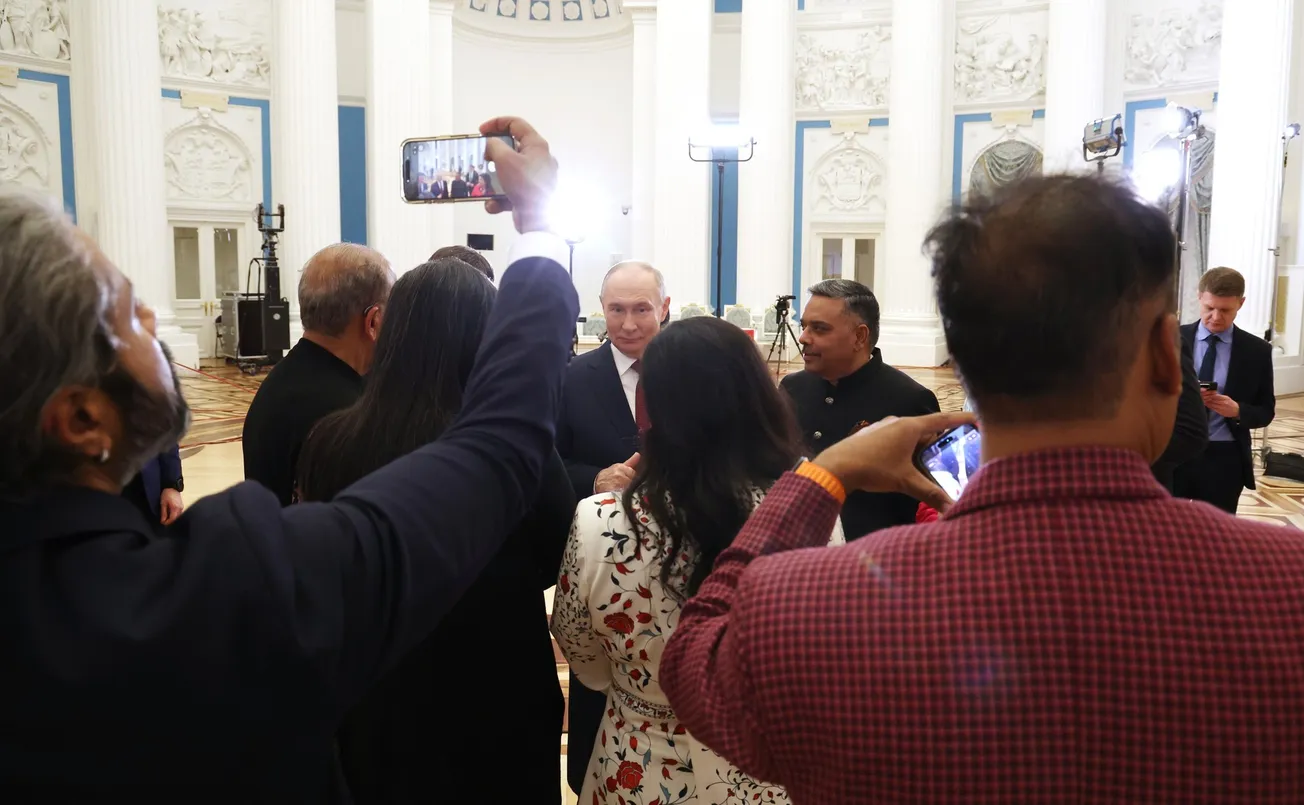Both Russian and Western media on June 13 reported the Central Bank of the Russian Federation had announced “The yuan/ruble exchange rate will now set the trajectory for other currency pairs on the Moscow Exchange"; and quoted the Bank: “The yuan/ruble exchange rate [stable at about 12 rubles/yuan—ed.] will become a reference point for market participants. The share of the yuan in Moscow Exchange trading in May was 54%.” Thus on the same day on which the bank announced it would stop officially quoting dollar values, it took a step toward making the Chinese renminbi/yuan the reserve currency of the Russian economy.
The bank’s actions were in reaction to the greatly expanded financial sanctions and “secondary sanctions” by which the U.S. Treasury, on June 12, had attempted to place an “embargo” on (particularly China’s) trade with Russia. But these actions were no “bombshell,” having been in preparation between Russia and China for some time. The yuan and gold have dominated Russia’s foreign exchange reserves for several years, and the yuan now also dominates Russian exchange trading as well, and is widely used by Russian banks and firms.



